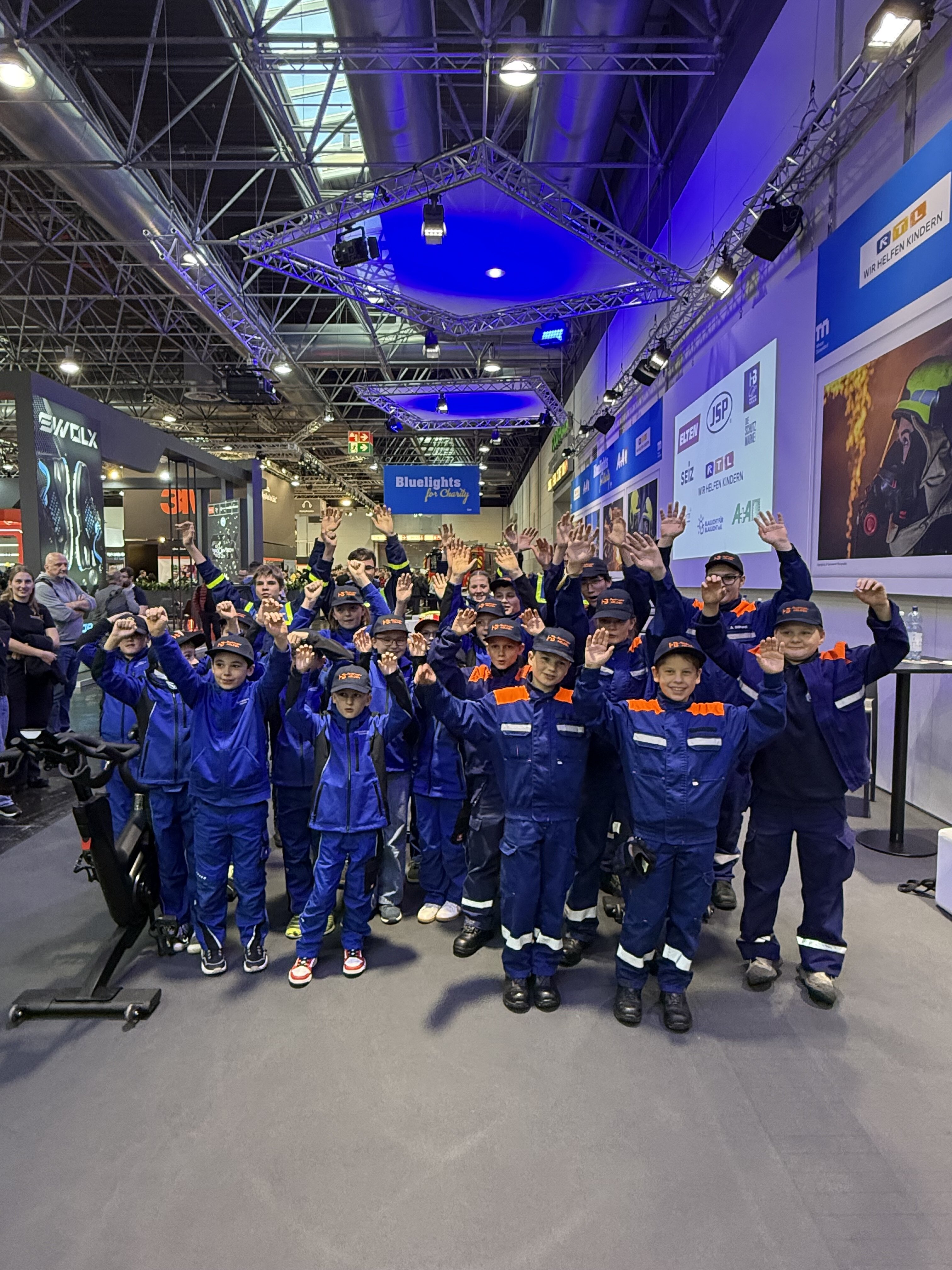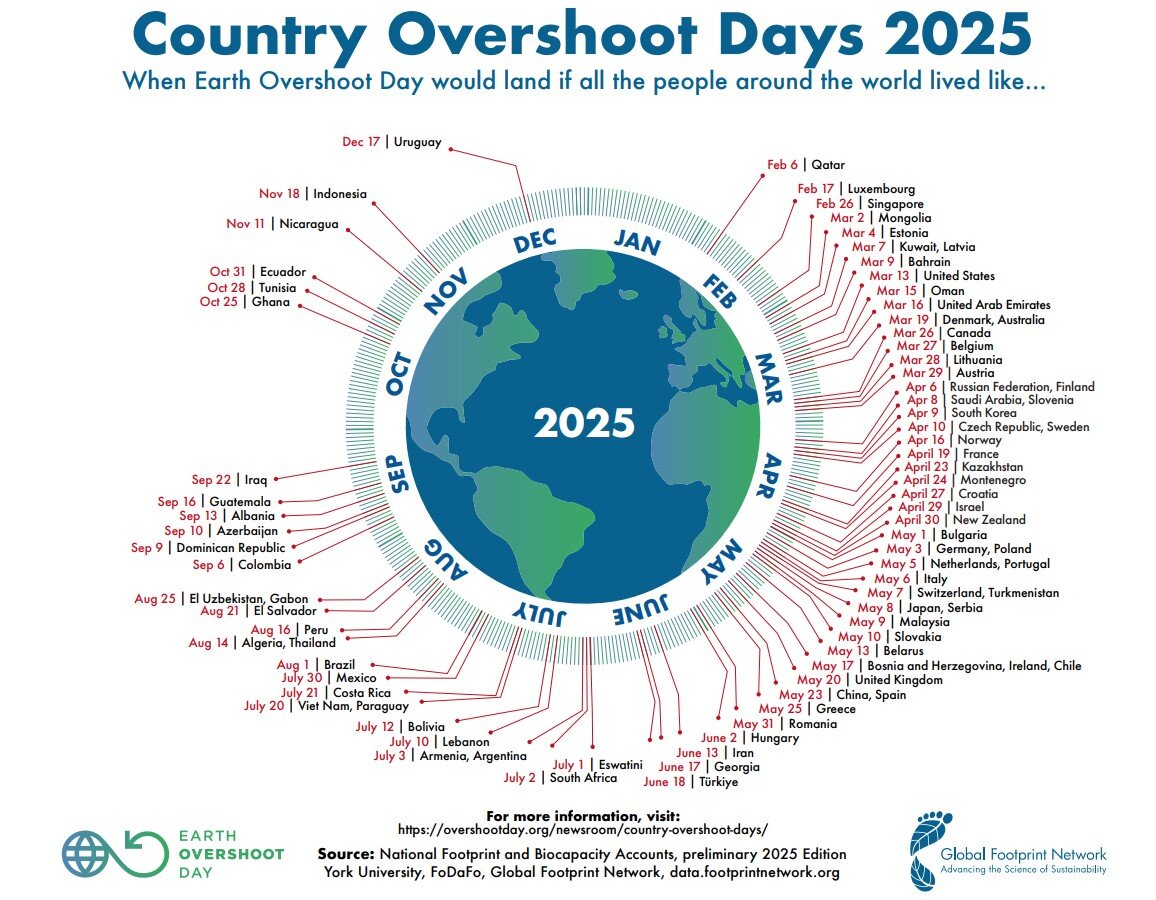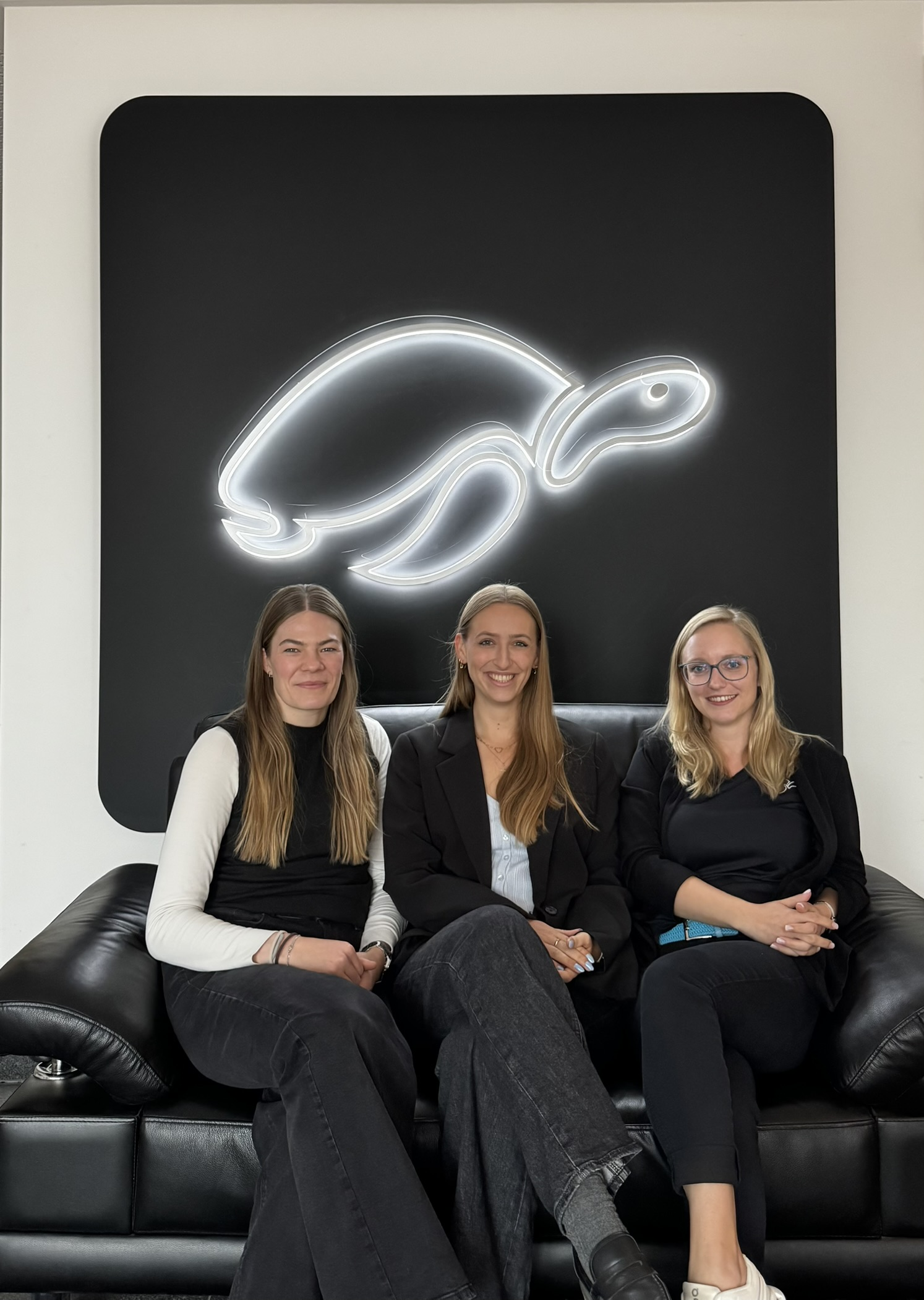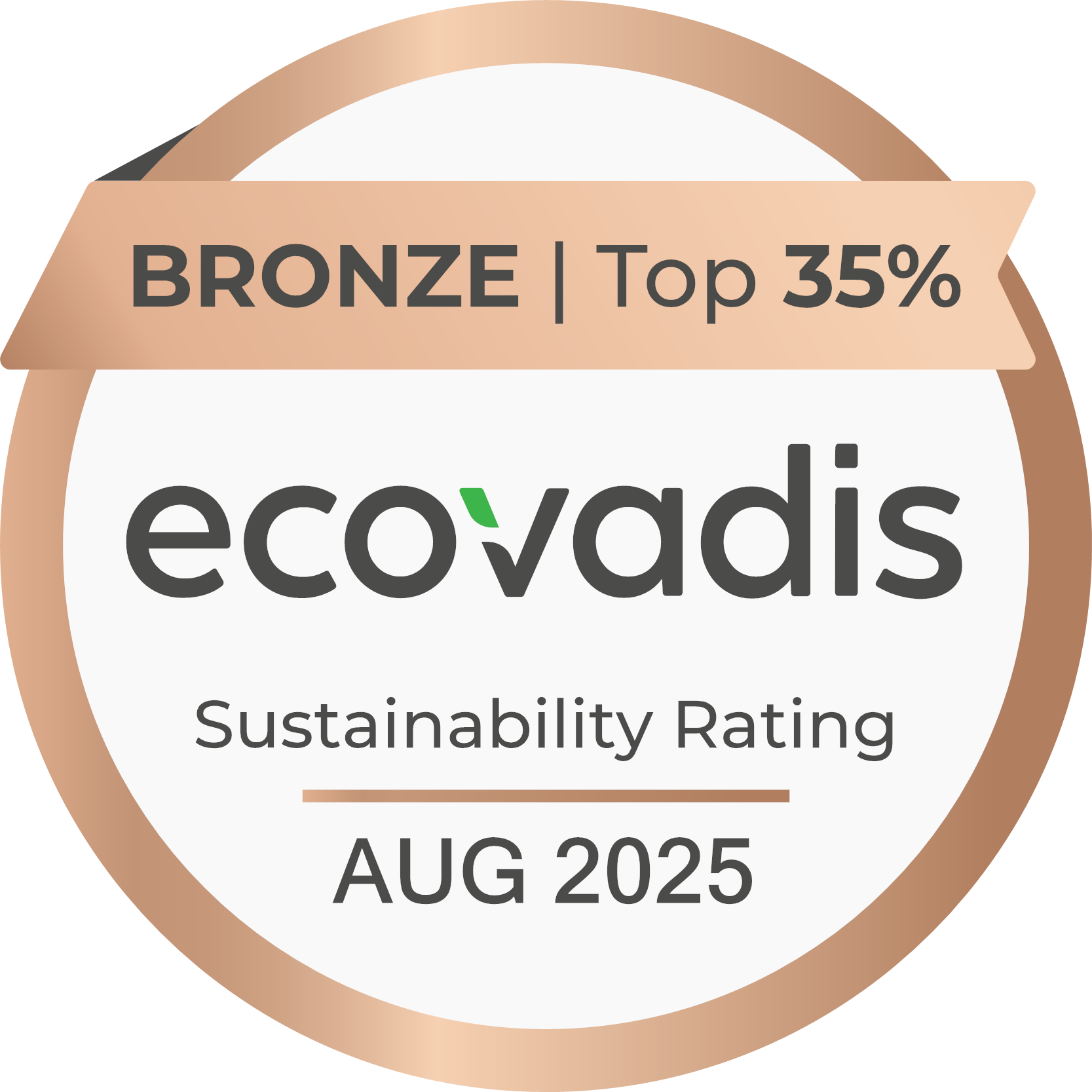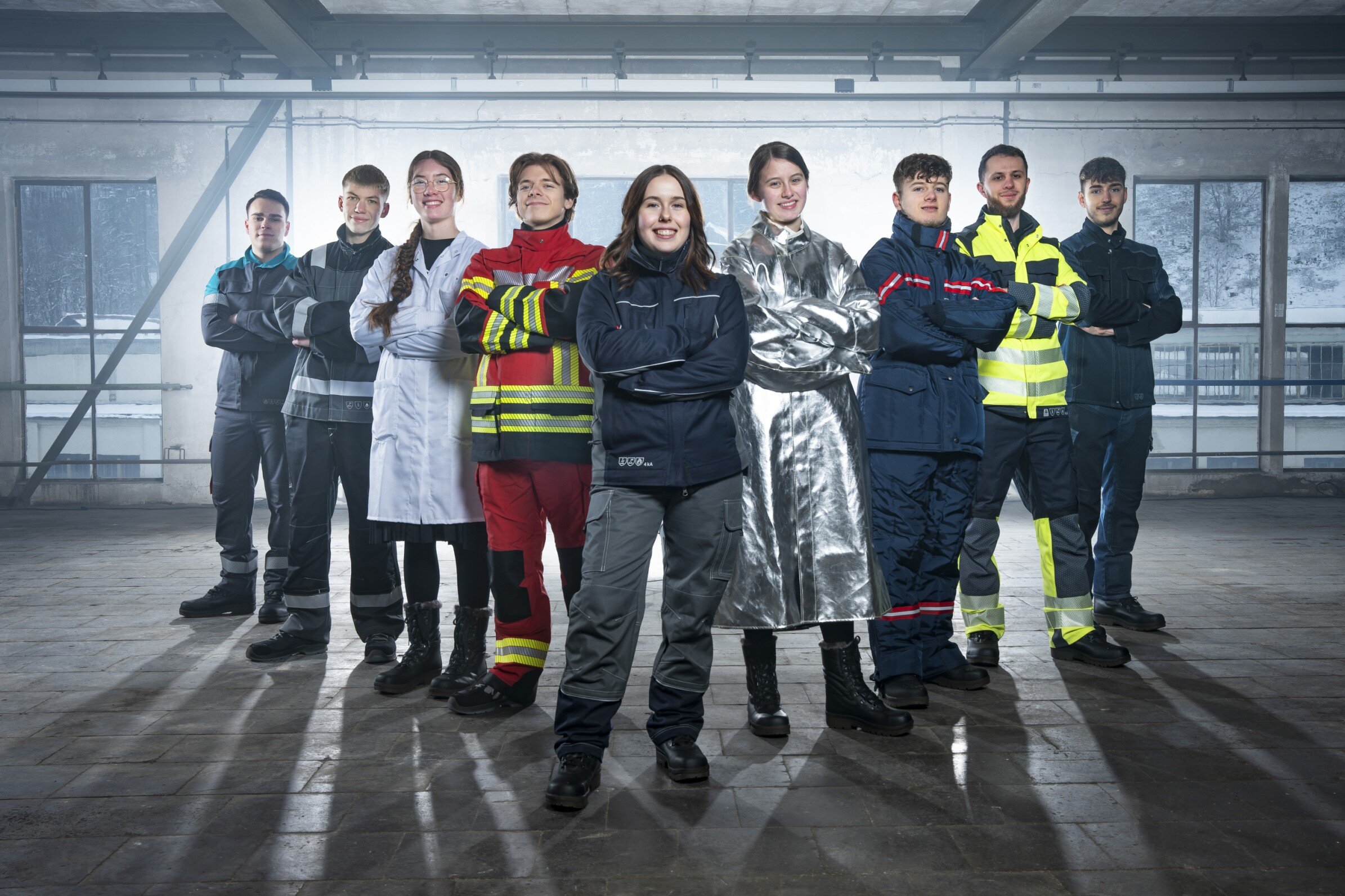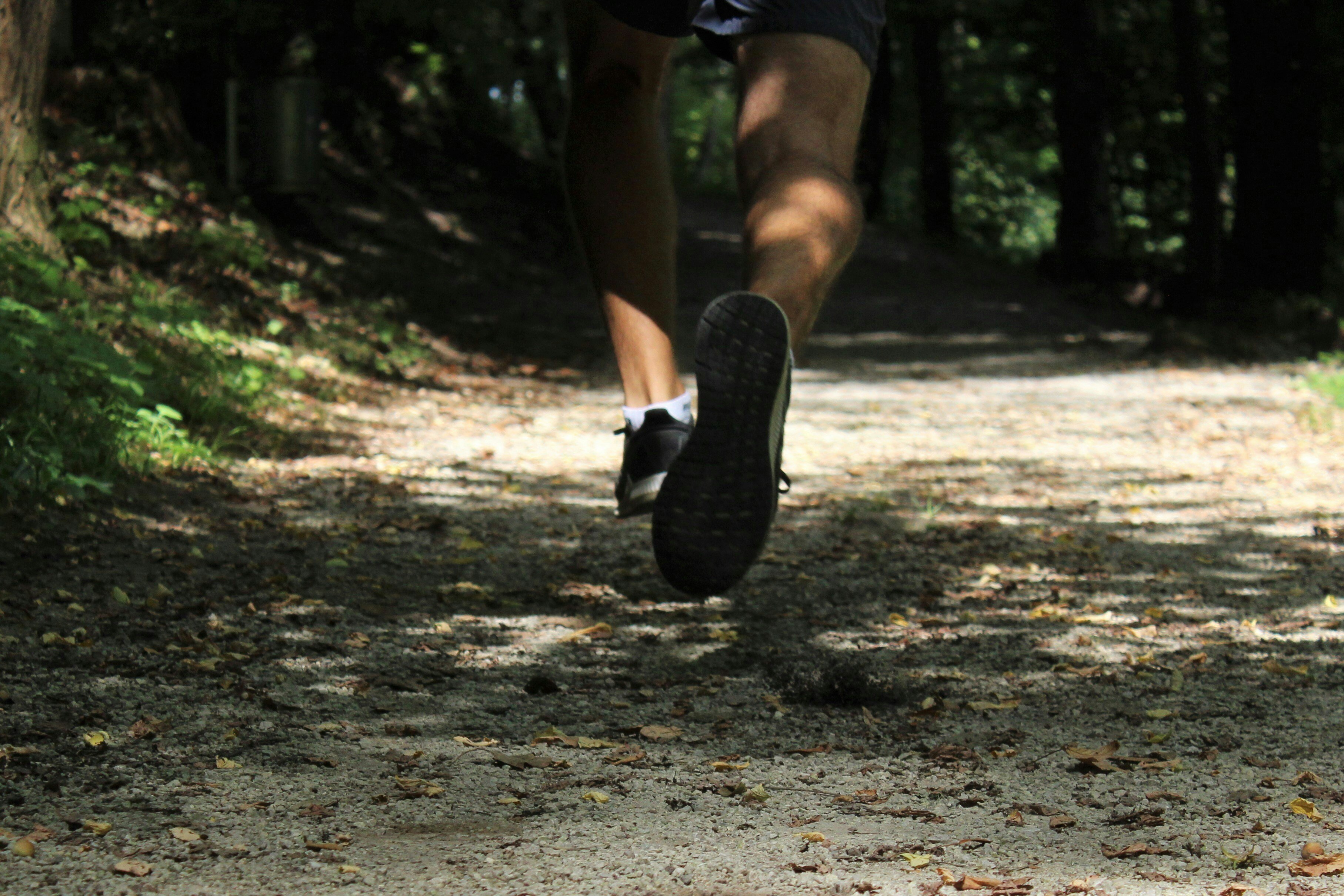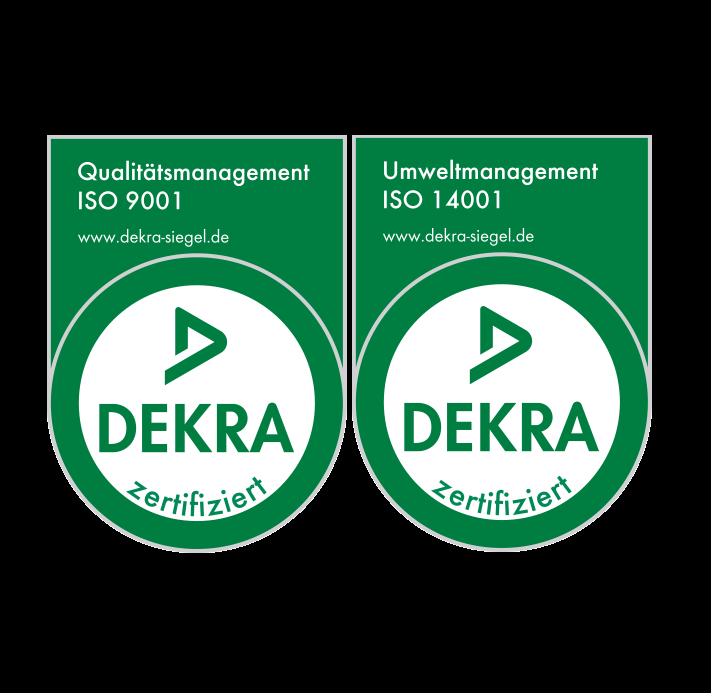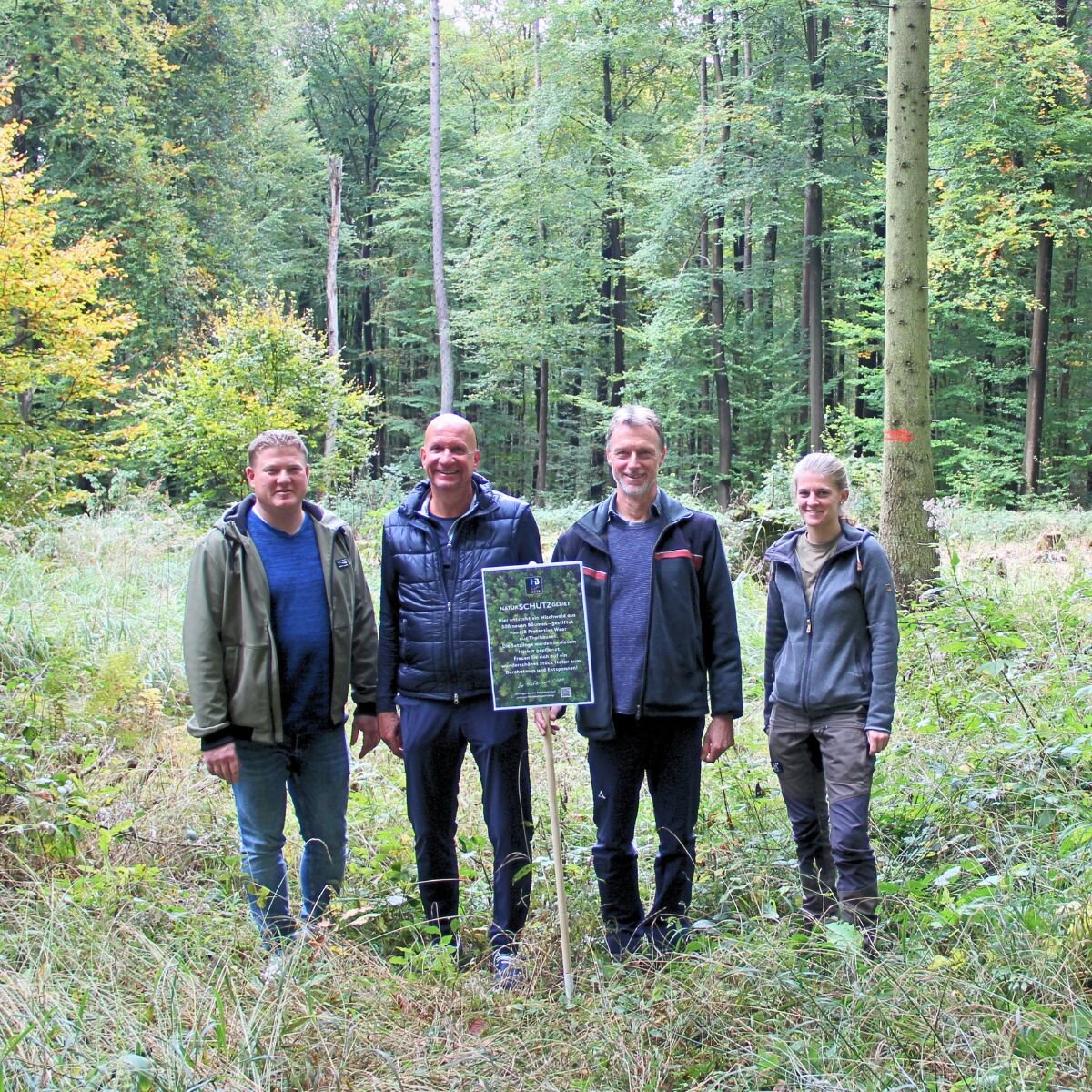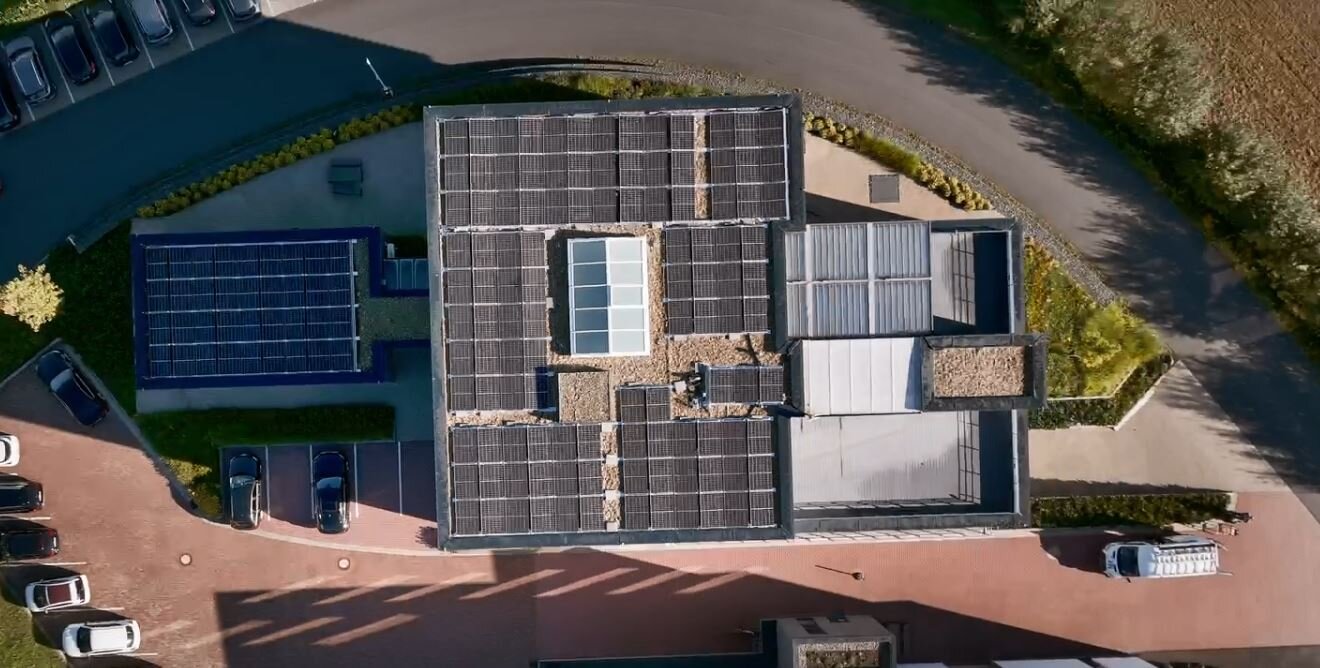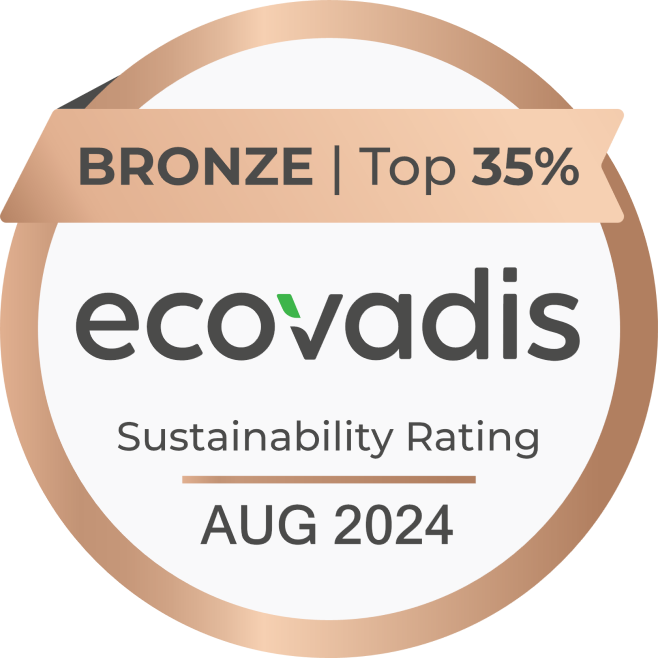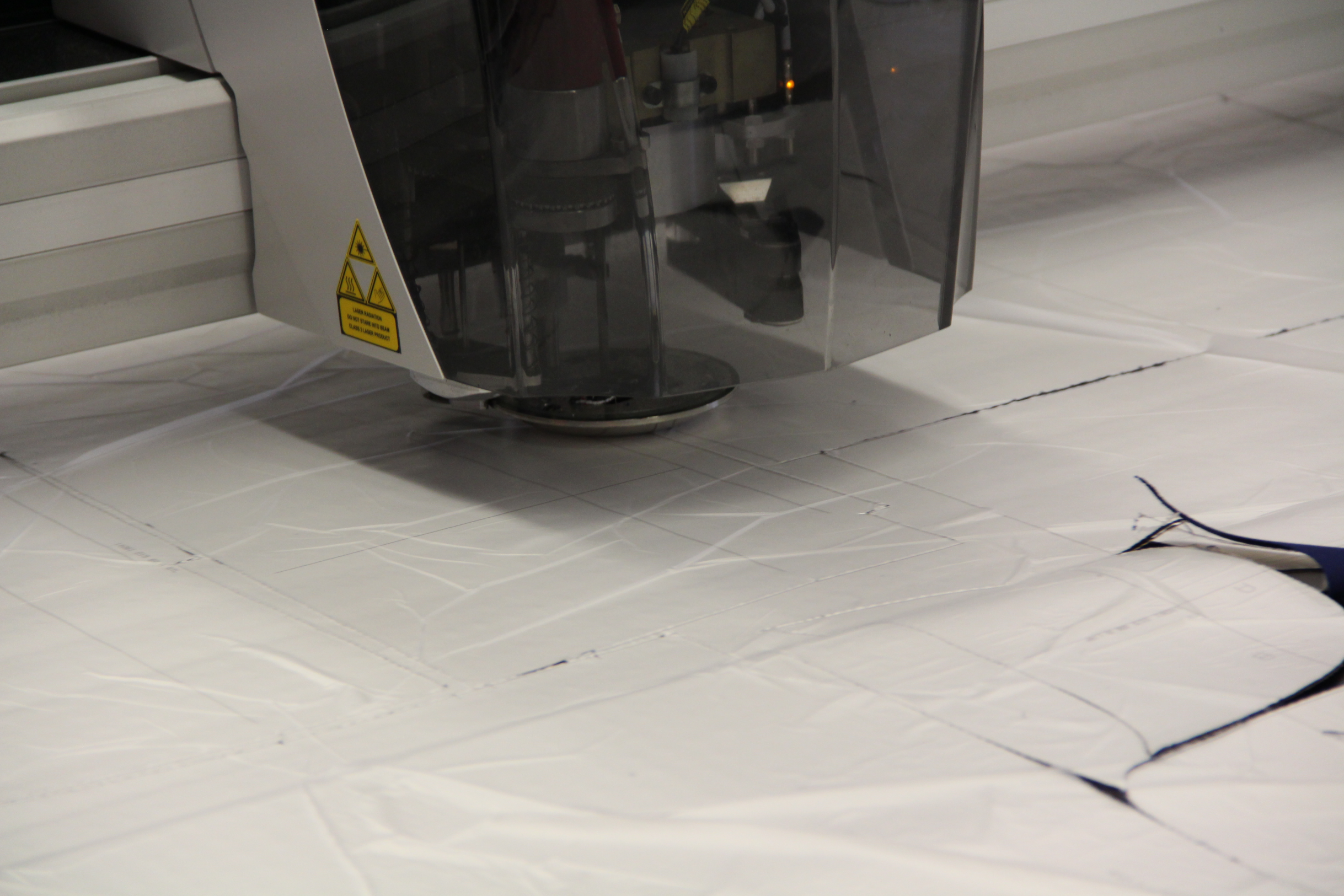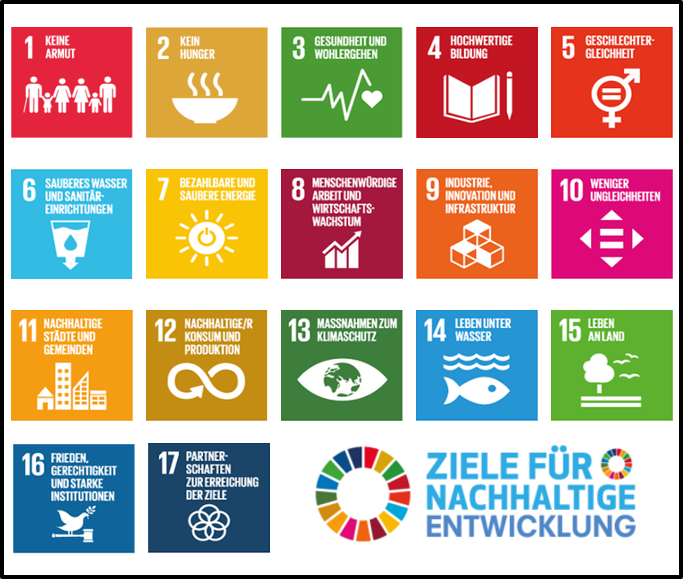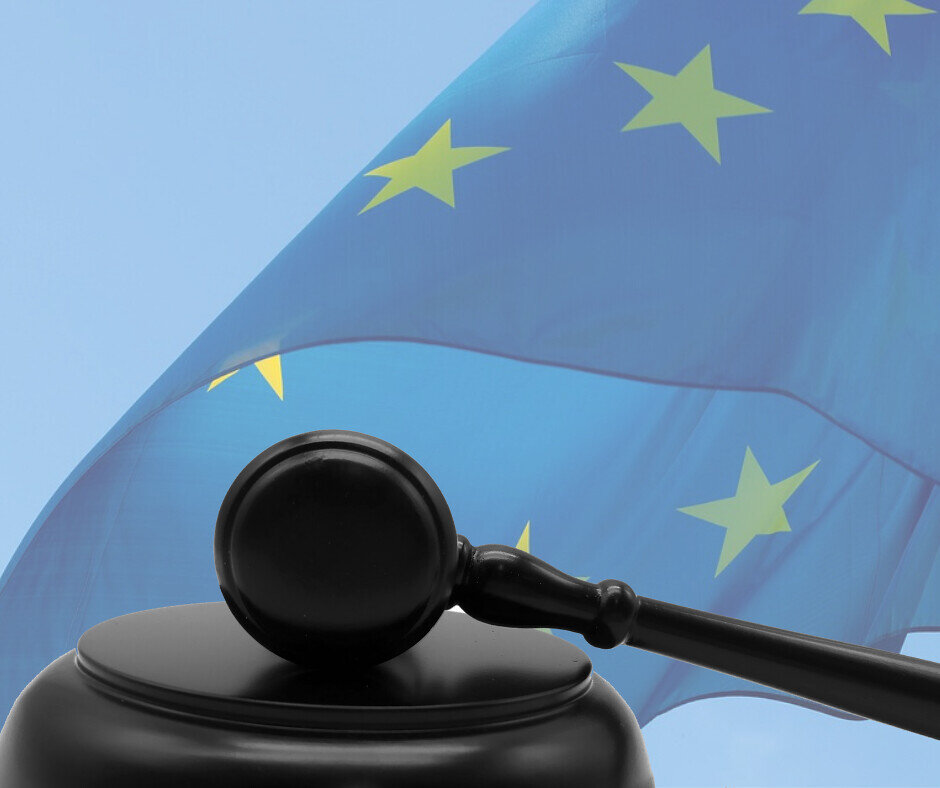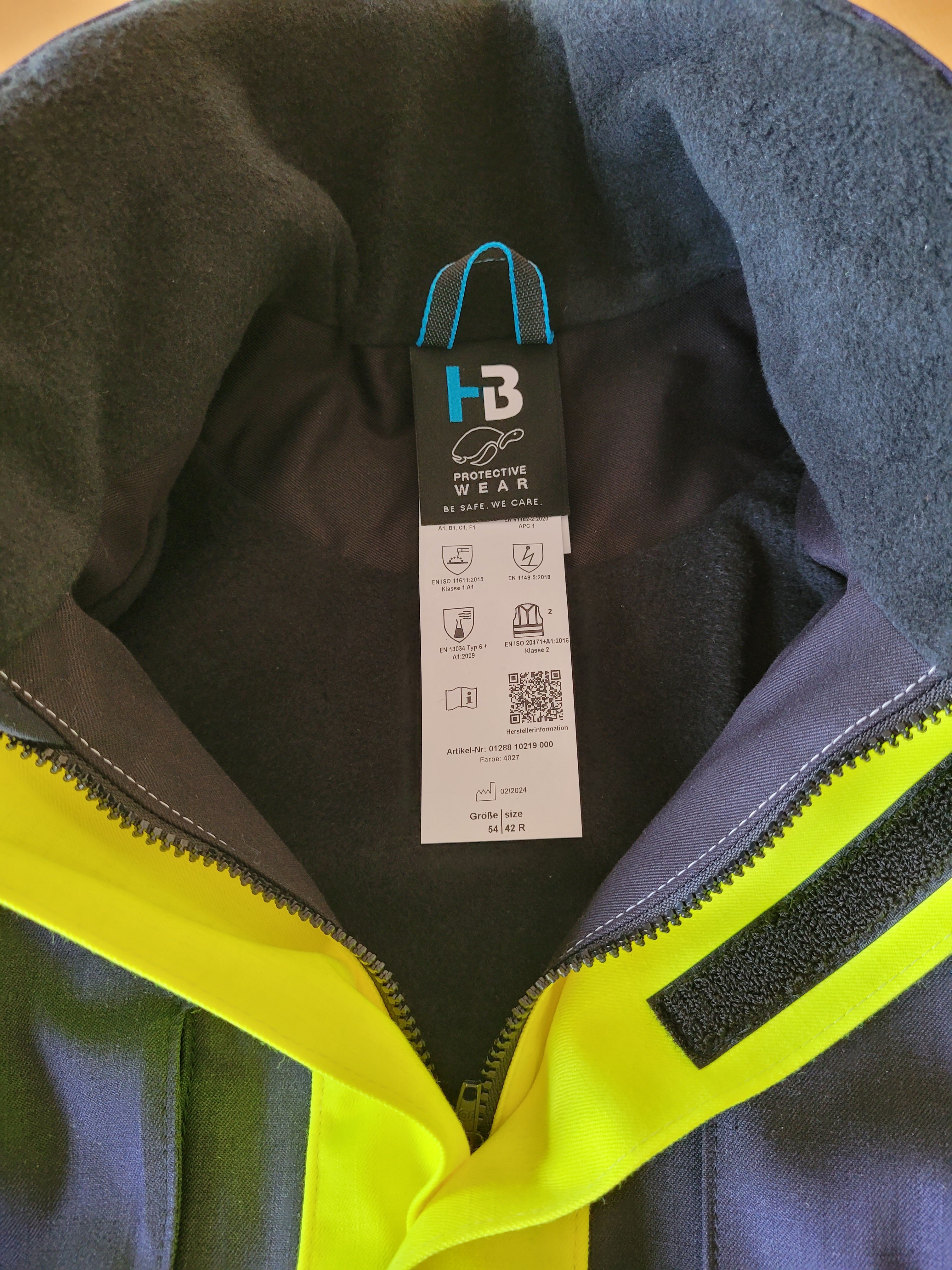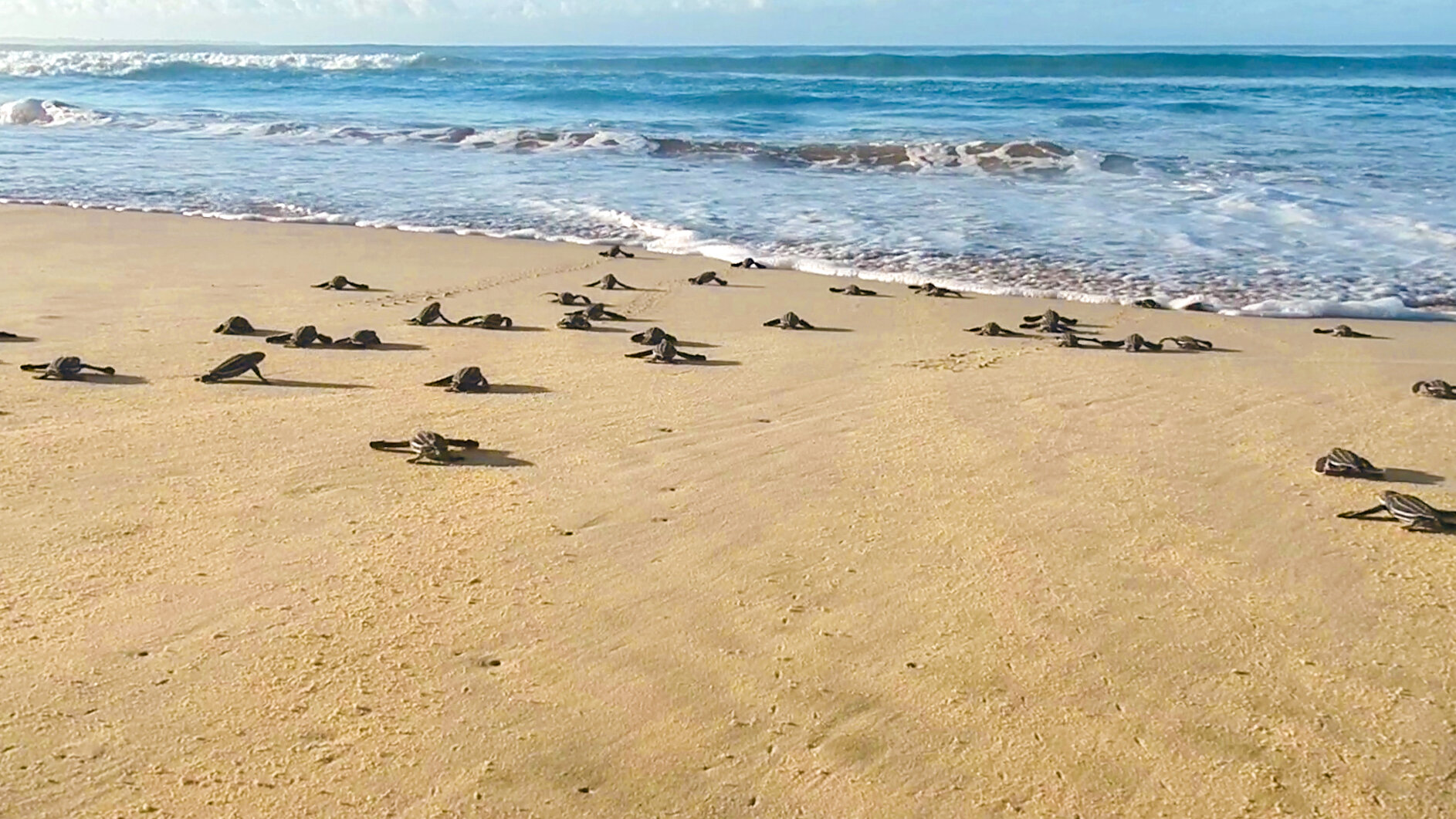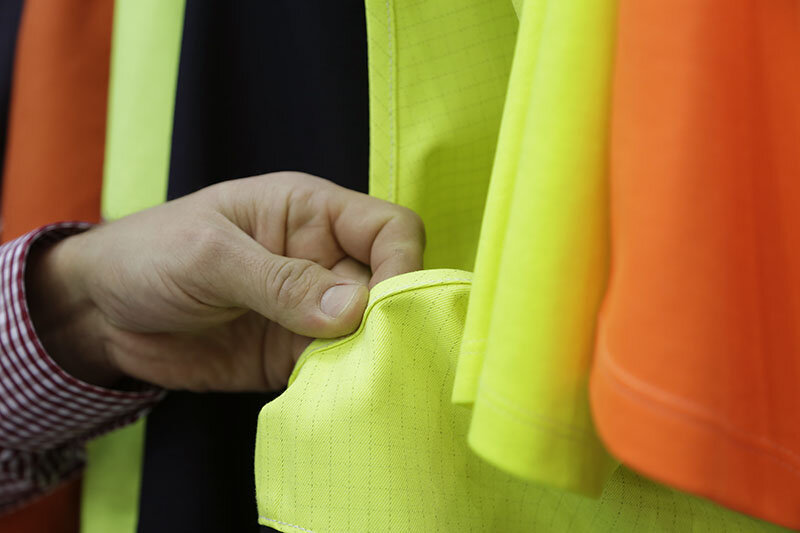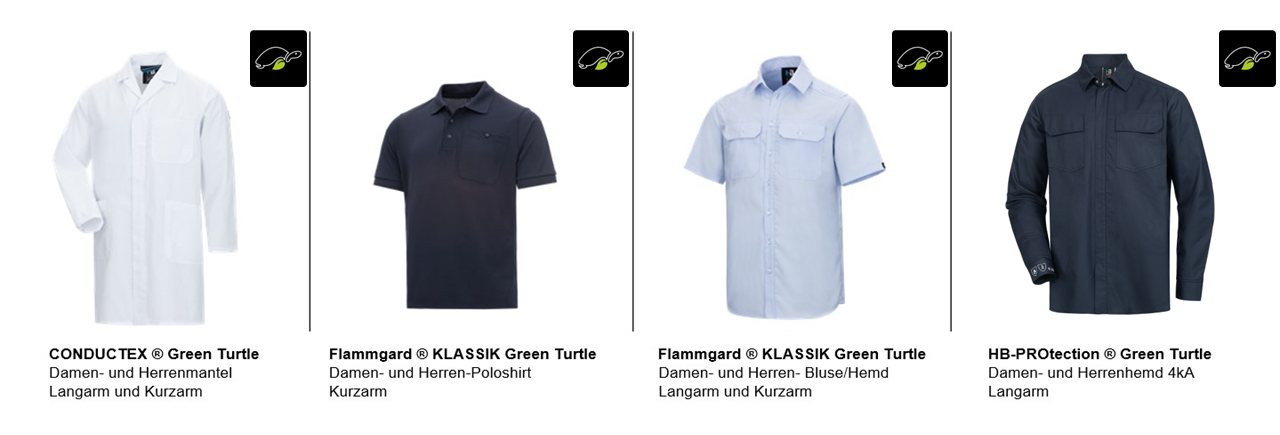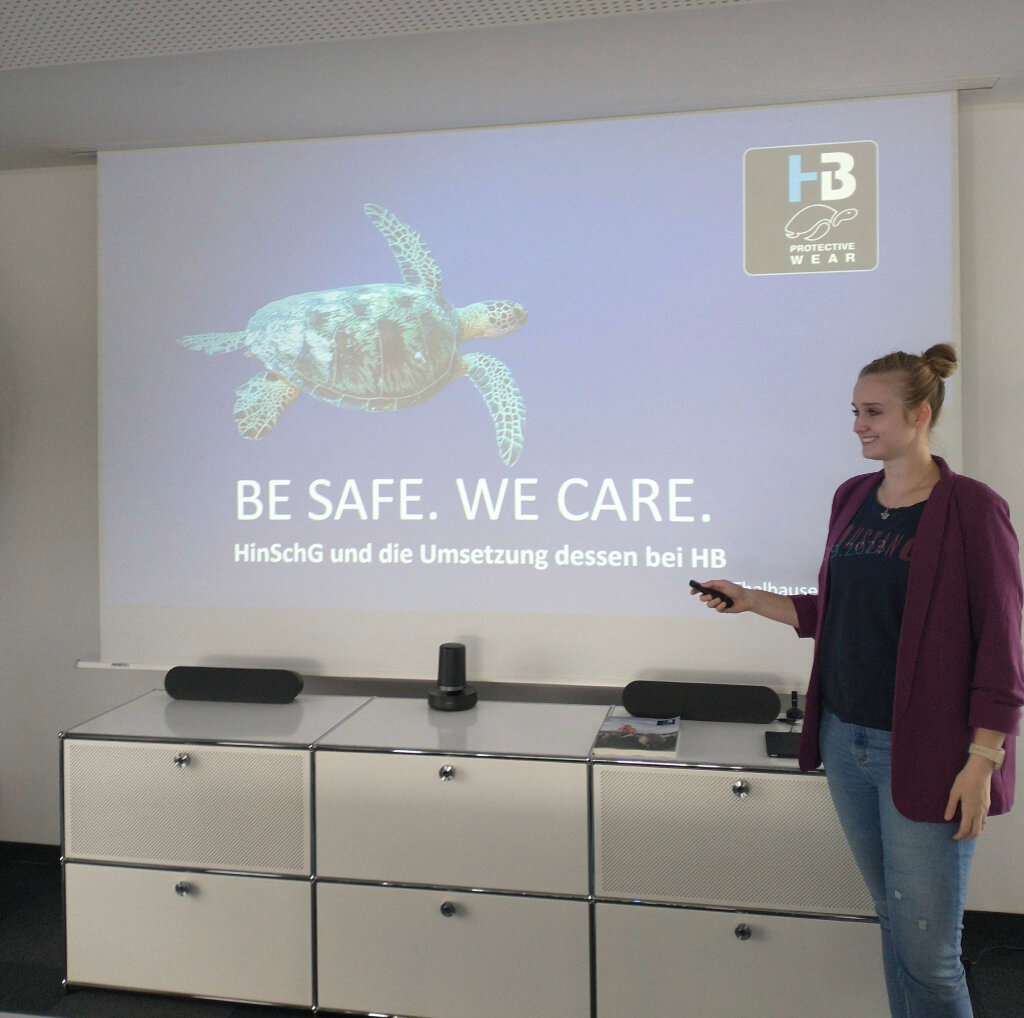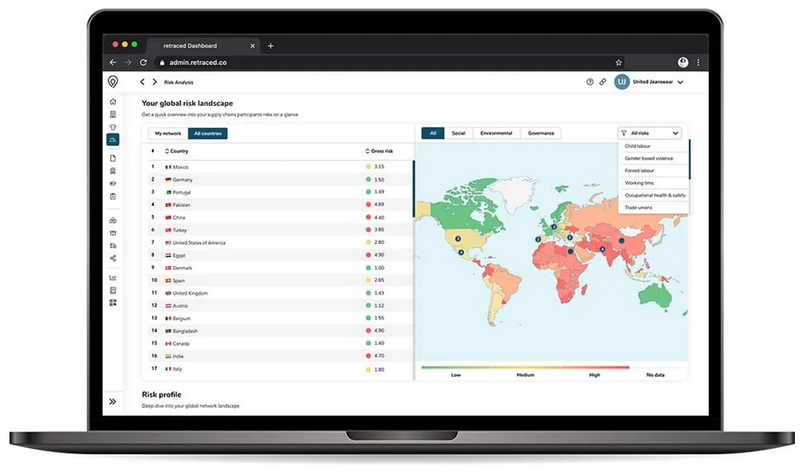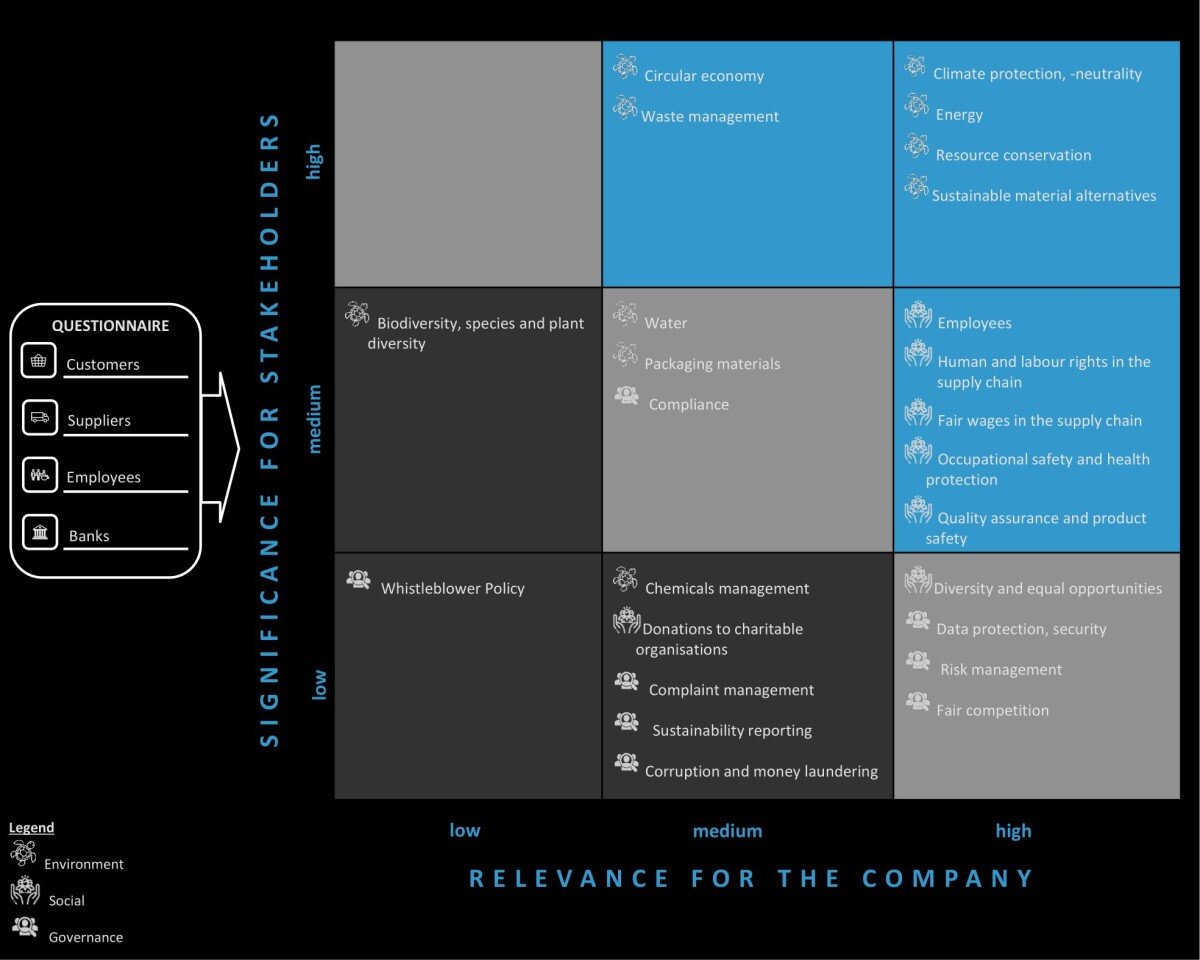On November 5, 2024, the US presidential election was held, in which Donald Trump was re-elected as the 47th President of the United States. Donald Trump won the majority of votes in many key states, which ultimately secured him the decisive majority of electors in the Electoral College and thus victory in the presidential election. Donald Trump's re-election raises significant questions for the future of global climate protection, as he withdrew from the Paris Climate Agreement during his first term in office and reversed numerous climate protection measures taken by the previous administration. So what can we expect for his second term and what impact would this have on climate protection?
The USA is the second largest producer of CO2 emissions in the world after China. In 2022, it emitted around 5.06 billion tons of CO2, which accounts for around 13.6% of global emissions. By comparison, the European Union's emissions in the same year amounted to around 3.6 billion tons, which represents a share of 9.7%. Given this significant contribution to the greenhouse effect, the implementation of more environmentally unfriendly policies and a renewed withdrawal of the US from international climate commitments could significantly jeopardize global efforts to limit global warming. Donald Trump has already announced his withdrawal from the Paris Climate Agreement, which aims to limit global warming to 1.5°C above pre-industrial levels. It is also assumed that the USA could also withdraw from the UN Framework Convention on Climate Change (UNFCCC), the central basis for international climate policy under international law. Such a move would destabilize global climate protection efforts, as the US plays a central role in financing international climate protection initiatives.
The “Project 2025” initiated by conservative think tanks, an agenda under Donald Trump, provides for far-reaching deregulation of environmental policy. A central goal is the abolition or relaxation of numerous climate protection measures of the Biden administration, particularly in the area of emissions targets for industry and the energy sector. The aim is also to maximize the extraction of fossil fuels and weaken environmental protection agencies such as the Environmental Protection Agency (EPA).
In contrast to Donald Trump, President Joe Biden pursued an active climate protection policy during his time in office. Biden reversed the withdrawal from the Paris Climate Agreement and increased US participation in international climate initiatives. Under his leadership, the US passed several important climate laws, including the Inflation Reduction Act (IRA), which is considered one of the largest climate protection packages in the country's history with a volume of 370 billion US dollars. This act encouraged investment in green energy and technology and aimed to put the US on a more sustainable economic path.
However, Donald Trump has announced that he will once again make lasting changes to US environmental policy. He intends to fill the Department of Energy and the Environmental Protection Agency with people who deny climate change as much as he does, which would significantly weaken the role of these institutions in climate protection. He also plans to move the EPA out of Washington and reduce the size of nature reserves to make room for oil drilling and mining projects. Other measures initiated by Donald Trump in his first term of office and reversed under Joe Biden could be reintroduced under a new Donald Trump presidency.
The US has a significant influence on global climate targets through its political and economic decisions. A return to a fossil fuel policy and withdrawal from international agreements would make global climate protection efforts considerably more difficult and lead to an increase in US emissions, which would jeopardize global climate targets and slow down the transition to renewable energies. However, it will probably not be possible for Donald Trump to undo all climate legislation, as this would also require a majority in the House of Representatives and the Senate. However, measures such as withdrawing decrees by executive order are easier to implement and could once again block international climate targets. The coming years will show to what extent global cooperation remains possible despite these challenges and how strongly US climate policy will influence global efforts.

